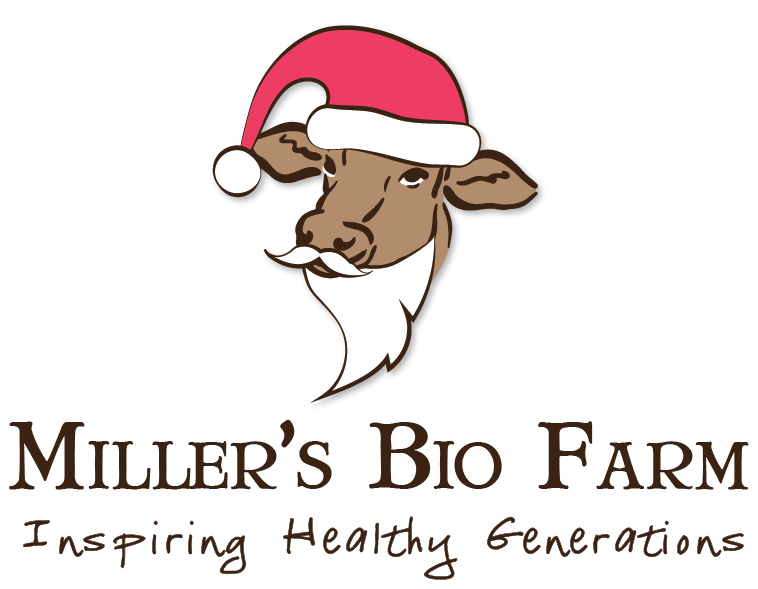How the fear of Mad Cow Disease lives on
posted on
October 9, 2020

A customer asked a question about what organ meats we offer (check out a complete list with the status here). I take all customer questions seriously and do my absolute best to answer honestly and accurately. This particular question led me down a rabbit hole and to a fascinating and timely revelation.
I called the meat processor. I asked what organ meats they could butcher for our customers. They needed to do some research themselves!
You see, the USDA heavily regulates the meat industry to protect public health and safety. Here are the absolute basics of how it works.
A processor typically hires a consultant (yea, it’s that specific and detailed) to create a HACCP plan. The HACCP plan contains all the steps a processor takes when killing and butchering animals.
The USDA then approves or denies the plan. If approved, they inspect the facility. A processor is “certified USDA” when they operate using an approved HACCP plan in a USDA inspected facility.
All of our meat is “certified USDA”.
There are certain parts of an animal that are not permitted for sale at all under USDA regulations.
For example, the thyroid from a cow is never allowed for sale. And, any other organ or part connected to the spine (brain, adrenals, spleen, T-bone steak, etc) can only be processed if the cow is younger than 30 months (which is the case for nearly all of our cows).
Why is this? Mad Cow Disease!!!
Mad Cow Disease is a progressive neurodegenerative disease thought to be caused by cows eating a specific protein. In rare cases, when a human eats nerve tissue from an infected cow, the human variant of the disease is transferred to them, even if the meat is cooked. If a human does get Creutzfeldt-Jakob disease (vCJD), it is fatal.
The Mad Cow Disease epidemic hit its peak in Britain in 1993. Since there is no cure, over four million cows were slaughtered to prevent the spread of disease. Wow!
The epidemic stirred up fear internationally. Meat prices went up incredibly, and many people stopped eating hamburgers.
Because of this outbreak, the USDA (and the WHO) enacted many regulations regarding screening, testing, and disposal of infected animals. And those rules exist to this day.
Here’s the kicker. Only six cows in the United States have been found to have Mad Cow Disease. Six! The first was in 2003, and the last was in 2018. And, in that time period, about 663 million cows have been processed.
So, tell me this. Is this level of caution appropriate? Of course, no food producer wants its customers to get sick. But, is this overly cautious, especially since the risk is close to none but the benefits of eating organ meats are many?
In New Jersey, there is a law prohibiting slurping. That’s right, slurping the last bit of a smoothie through a straw is illegal. Why? Because 150 years ago, slurping startled horses and that was dangerous in cities. This law is undoubtedly outdated (and also unenforced). But still. Let’s get with the times!
How long should we live with a specific fear? A few months, a few years, a few generations? How long will it take society to leave behind the fear of COVID, and how long will these new rules live with us?
Of course, there are no direct answers to these questions… only debate. And today’s profit-driven media only makes things more complicated.
What I think is that with life comes risk. We cannot avoid fear. We cannot avoid suffering. It is as essential as love and happiness.
As with all emotions, we take it as it comes and let it go when it passes.
Just like the USDA requires expiration dates on food, I think the government should require expiration dates on laws. It would force our representatives to reassess what freedom, equality, and justice means as the world changes and we grow as a society.
Miller’s Bio Farm is fearless in its food production. We are constantly learning and questioning the status quo. Every week we share our journey with you, both the good and the bad. We are constantly forging a new (and I hope better) path forward.




